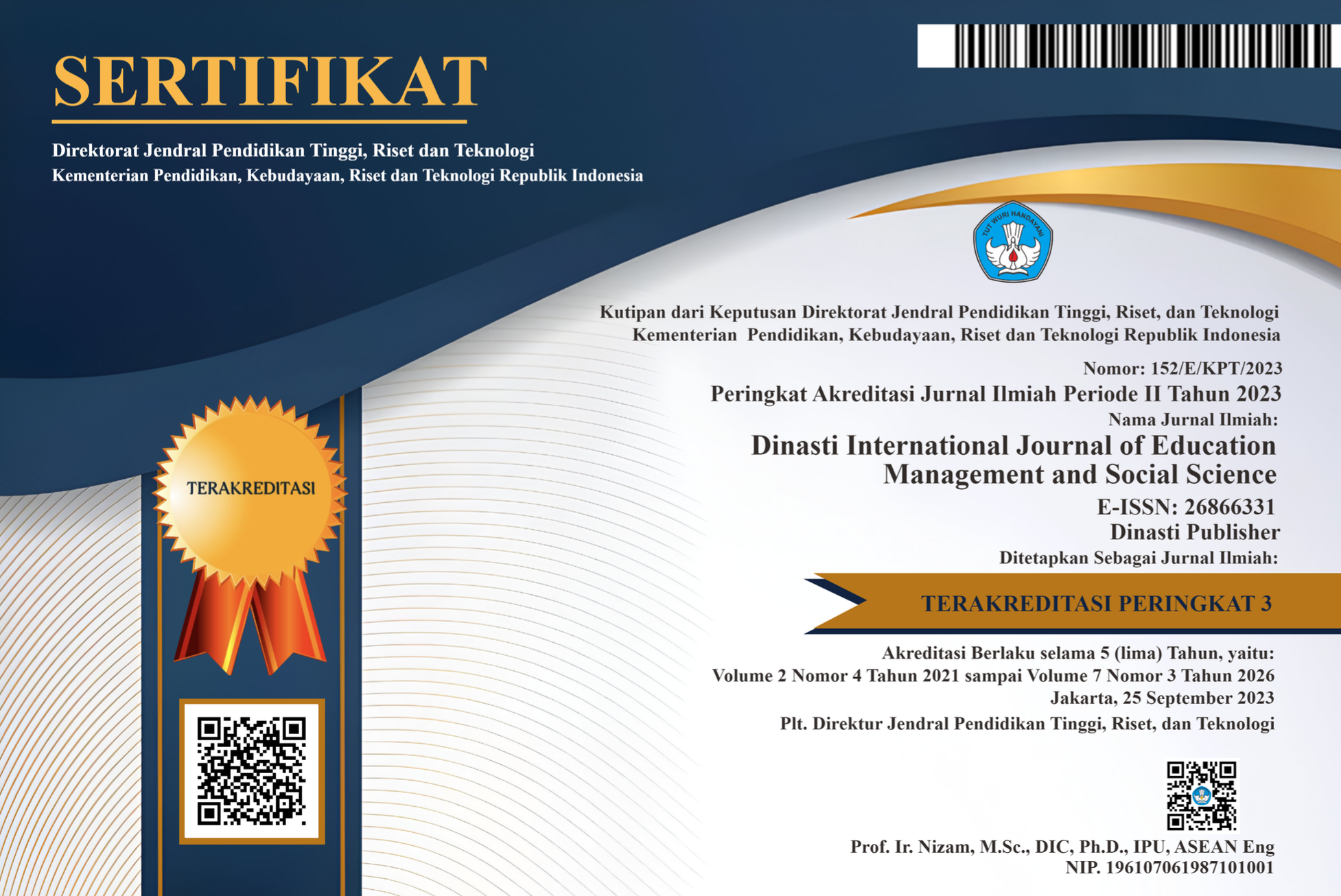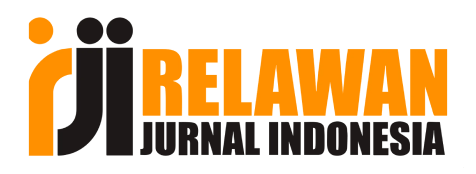Optimization of Line Cooldown Operations For Ship Readiness In Discharging and Loading on LNG
DOI:
https://doi.org/10.38035/dijemss.v5i6.3003Keywords:
Optimization, Line Cooldown, Liquefied Natural GasAbstract
The use of Liquefied Natural Gas (LNG) as an alternative to fuel in the industrial and household sectors has increased rapidly along with the development of science and technology. LNG has an energy density equivalent to conventional fuel but with a lower environmental impact. Even so, the potential hazards of LNG vapor and low temperatures need to be aware of. Nonetheless, LNG has the advantage, such as the use of evaporation as a ship fuel or boil-off gas (BOG). The process of loading LNG to the ship involves several procedures, including cooling pipelines (line cooldown). Cooling pipelines before unloading LNG aims to avoid thermal stress that can damage the pipe. Planning and supervision of pipeline cooling operations become essential to achieve optimal temperature in the pipeline and prevent excessive heel use. Qualitative descriptive research methods are used by collecting data from library studies, documentation, observation, and interviews. In addressing the problem of cooling pipe, optimization of line cooldown operation and heel setting as fuel ship is the focus. The resulting conclusions involve the crew’s understanding of valve function, the duration of the implementation of pipe cooling, the setting of the BOG amount, and the delivery of heel by the Charterer party to the ship. This study resulted in effective and efficient guidance in carrying out line cooldown operations and heel settings. With a better understanding of these factors, ships can optimally run the pipe cooling process, optimize the use of heel, and improve the efficiency of LNG use as a ship’s fuel.
References
Mitsubishi Heavy Industries. LTD. (1989). GC-15 Instruction Manual for Cargo Handling.pdf.
Mujianto, G. (2019). Peningkatan Hasil Belajar Menyusun Teks Laporan Hasil Observasi Pada Peserta Didik Kelas X SMAN 7 Malang Dengan Model Pembelajaran Integratif. https://doi.org/10.22219/jinop.v5i1.7244.
Prasetyo, E., (2017). Sistem Informasi Dokumentasi dan Kearsipan Berbasis Client- Server Pada Bank Sumsel Cabang Sekayu. https://www.jurnal.polsky.ac.id/index.php/tips/article/view/101.
Society of International Gas Tanker & Terminal Operators (SIGTTO). (2016). Liquefied gas handling principles on ships and in terminals (LGHP4). 5–5.
Sugiyono. (2019). Metode Penelitian Kuantitatif, Kualitatif, dan R&D. Alphabeta.
Downloads
Published
How to Cite
Issue
Section
License
Copyright (c) 2024 Muhammad Ardhana Widyapratama, Meilinasari Nurhasanah Hutagaol, Didik Sulistyo Kurniawan

This work is licensed under a Creative Commons Attribution 4.0 International License.
Authors who publish their manuscripts in this journal agree to the following conditions:
- The copyright on each article belongs to the author(s).
- The author acknowledges that the Dinasti International Journal of Education Management and Social Science (DIJEMSS) has the right to be the first to publish with a Creative Commons Attribution 4.0 International license (Attribution 4.0 International (CC BY 4.0).
- Authors can submit articles separately, arrange for the non-exclusive distribution of manuscripts that have been published in this journal into other versions (e.g., sent to the author's institutional repository, publication into books, etc.), by acknowledging that the manuscript has been published for the first time in the Dinasti International Journal of Education Management and Social Science (DIJEMSS).















































